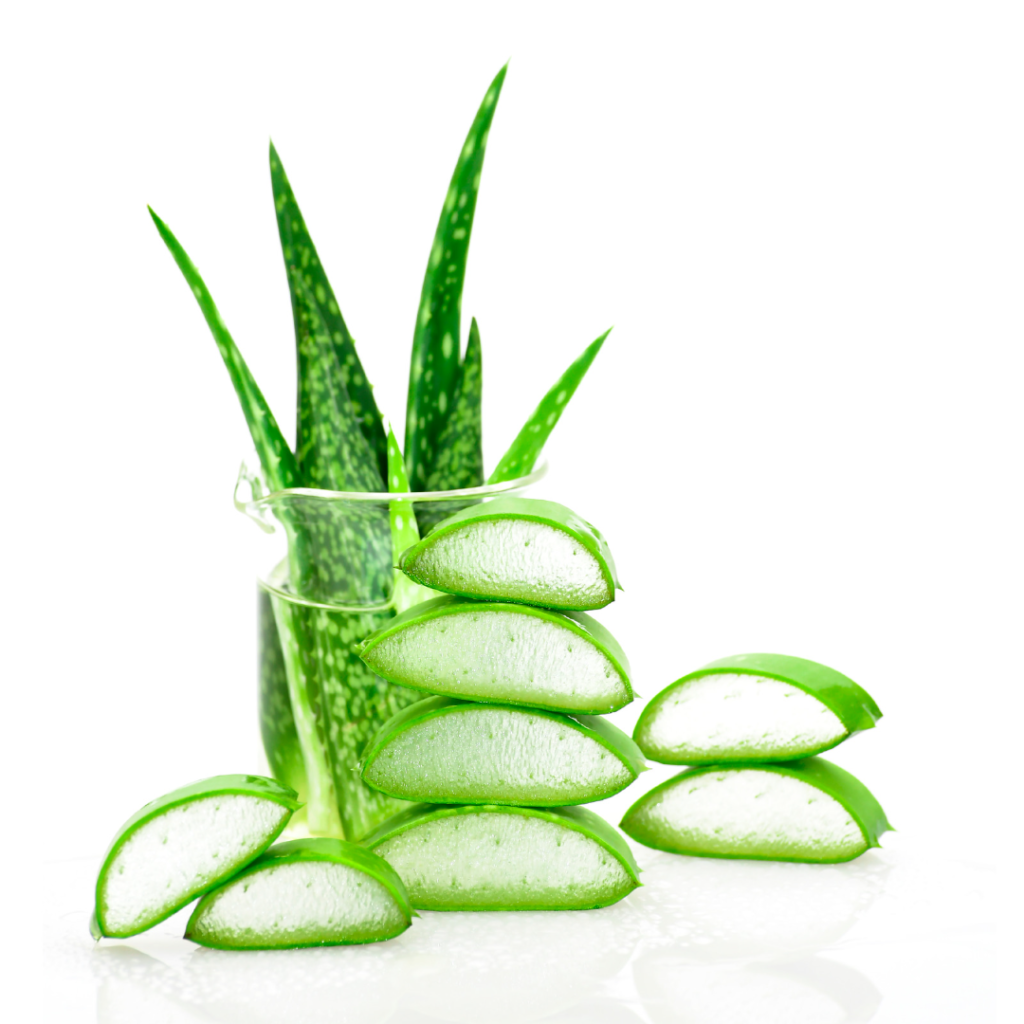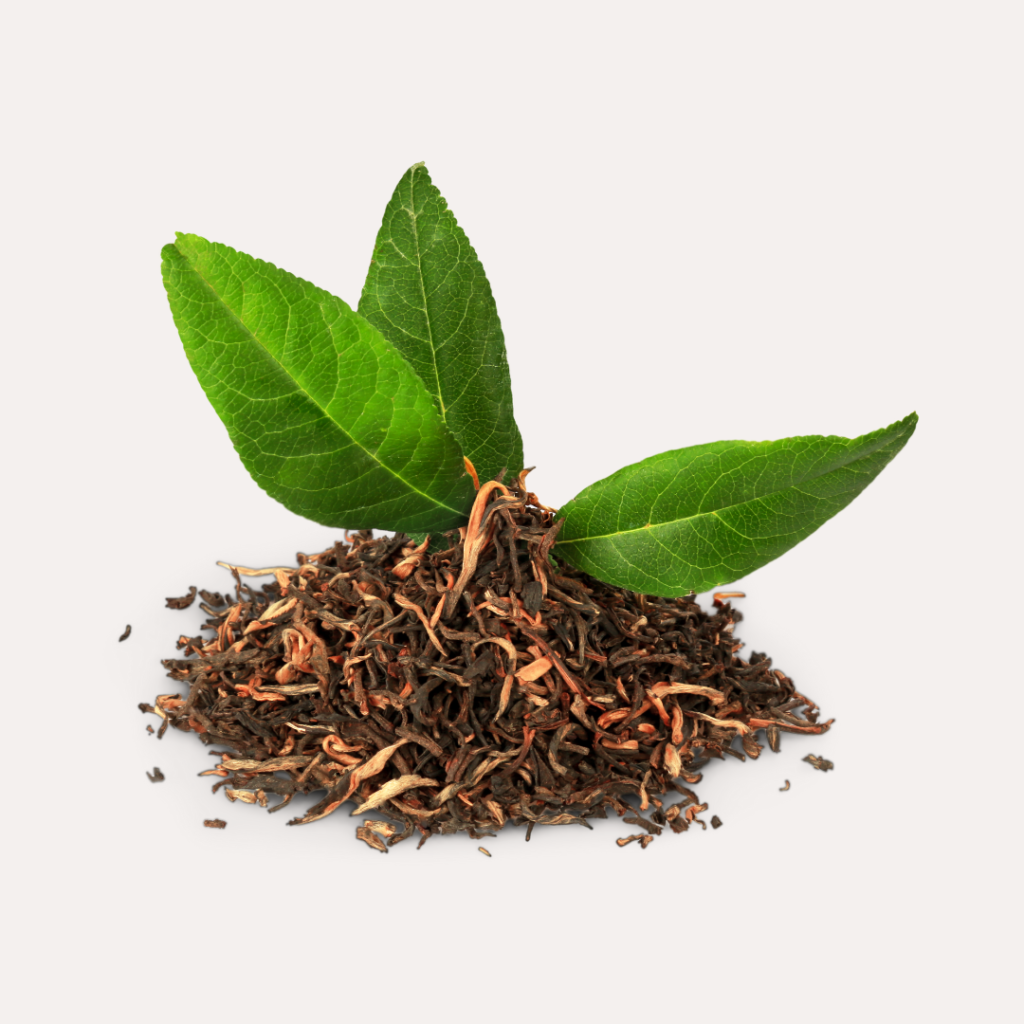For centuries, people have turned to botanical extracts to treat a wide variety of ailments and to provide benefits for skin and scalp health. Botanical extracts do have potential benefits in personal care products. However, you have to be careful. Some botanical ingredients are proven positive additives, some are not, and some are not. Some are worse than useless – they may irritate the skin or even cause more serious harm, if not used correctly.

A prime example of a popular, effective botanical extract is aloe vera. Its natural “mucilage” / rich source of amino acids/minerals soothes the skin and helps provide anti-inflammatory properties to a skincare product. It has good name recognition, and it’s lasted as long as it has because it actually works well. It moisturizes without leaving the skin feeling greasy, and some of its glycoproteins can have pain-relieving properties. This makes it useful for reddened skin, sunburn of course, and even more severe conditions like eczema. The plant contains compounds that can help to accelerate the healing process. Its natural antioxidants can restore the skin’s smoothness and firmness, fighting against oxidative degradation of the skin’s structural proteins. While not powerful enough to be used as a preservative on its own, aloe vera has shown some mild antibacterial properties which could aid in a small way to prevent infections from wounded skin.

Another fantastic botanical extract is green tea. It’s a very rich source of catechin antioxidants. They protect the skin from oxidation, and the polyphenols present can have stimulating effects on the scalp to aid in hair health. It’s a very “trendy” ingredient, although it must be used in moderation due to the high amount of brown colouration it can bring to a formula.
Chamomile is another example of a botanical which shows actual clinical evidence of beneficial properties. It soothes the skin thanks to molecules present such as bisabolol. This can help to “calm down” irritated skin and is a good additive to combine with naturally irritating ingredients (alpha-hydroxy acids, harsh surfactants) to produce a final product that is more balanced and less harsh.

The above three are botanicals I rely on in formulations that I develop. Time-tested, clinically proven results. Not all botanical extracts are so lucky. Take cucumber extract, for example. It’s often hyped for its hydrating effects. However, most of that property comes from the glycerin used to extract the cucumber; you may as well just use glycerin and save money. Some say cucumber has a soothing effect on the skin. While I’ve found this to be true, in most cases, that benefit doesn’t last very long once applied. Then you have some extracts like strawberry which sound fantastic to the customer, but which don’t appear to offer any real benefits other than (depending on the method of extraction) a mild fragrance.
How can you cut through the hype? I suggest using Google Scholar (scholar.google.com) and searching for scientific papers that discuss the properties of botanical extracts. The papers are often dry and technical, but the abstract and summary sections are often written clearly enough to provide some clarity on whether the botanical has any true usefulness. Try to avoid company websites that hype their own product listings; they are not neutral, unbiased sources of information. When in doubt, go straight to the scientific literature and get your hands on any clinical studies that have been performed. When performed correctly, clinical studies are the best source of data on the potential usefulness of a natural extract.
Even if a botanical extract does show promise, there can be downsides when using them in cosmetic formulations. They often vary in both quality and potency between vendors. Even the same vendors’ products may vary over time; often this is up to the mercy of Nature, as the amount of rain/sun can affect the quality of the harvest. You also must be alert to allergic reactions. Plant extracts are not one simple molecule. They often contain hundreds of different compounds, many of them not yet fully identified (let alone understood), and so you must treat them with special care when used on the skin. The new MOCRA legislation underlines the importance of safety testing your products, and if you use botanicals, you may find yourself doing extensive testing to establish the necessary safety assurances. Plant extracts are also somewhat unstable. You need to keep them away from light, heat, and air – the triad of oxidative degradation – or they can lose their potency.
Natural extracts are an exciting category and certainly have their place in skincare. They are complex. You need to do a little extra homework and treat them with more care than other ingredients, but in return, some botanicals can offer a wealth of positive properties to your formulations.

